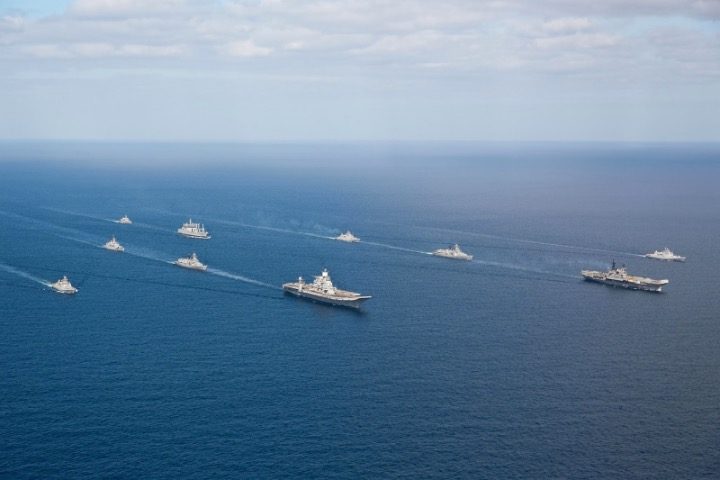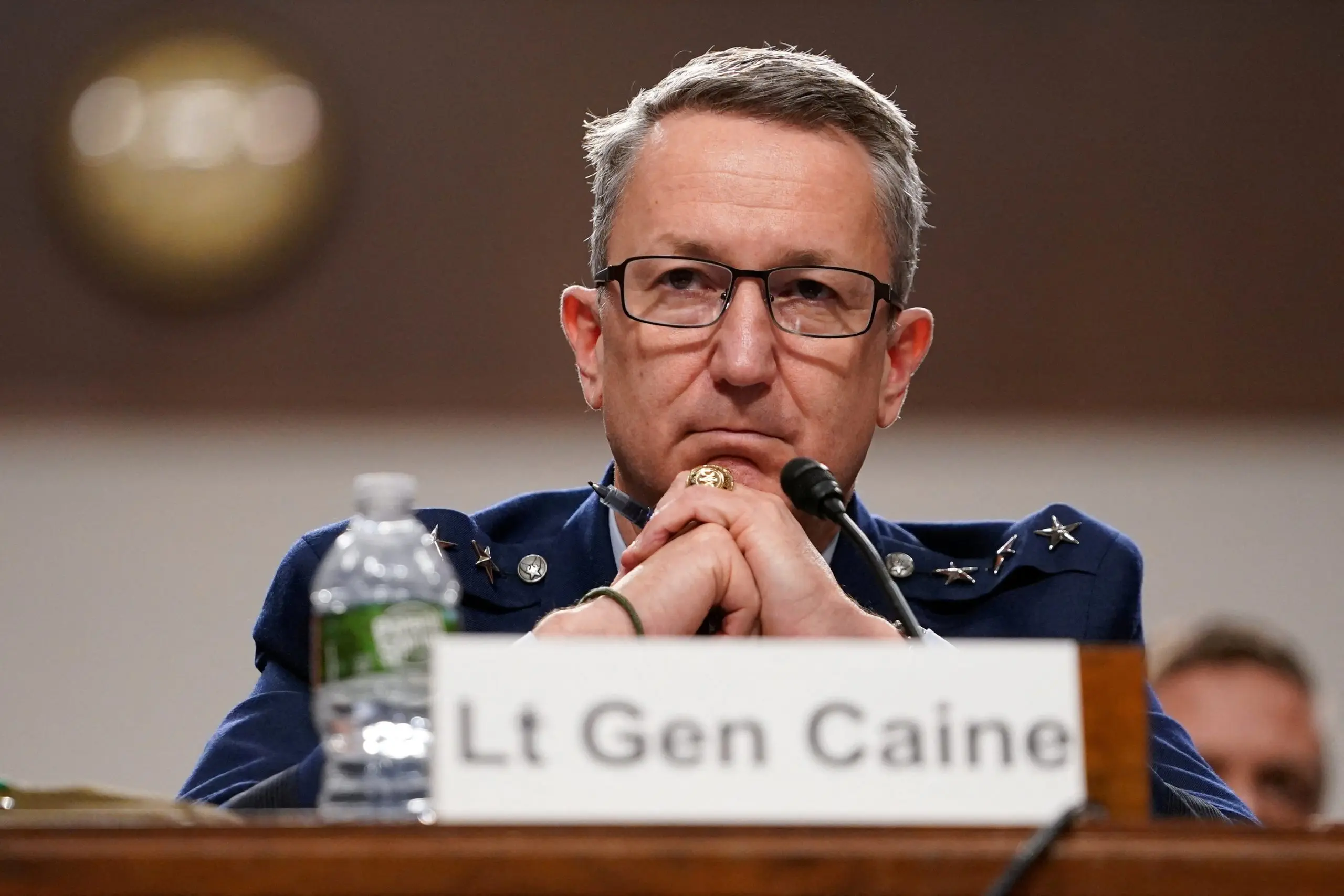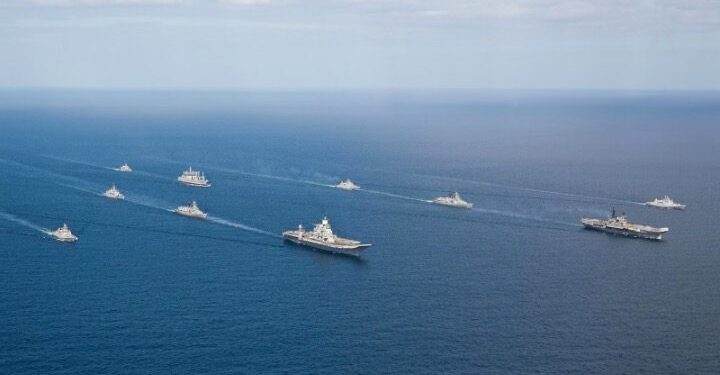
Observers of world affairs postulate that India is on the rise and could be well on the way to becoming a true global power on par with China, Russia, and the United States. New Delhi’s latest moves indicate that the nation’s leaders are aware of the potential and are taking major steps forward.
As seen in a report by Russian media, India’s defense ministry has granted approval for five weapons contracts totaling $4.7 billion. This includes a procurement order for the Navy’s favored long-range BrahMos supersonic cruise missile.
Two of the five contracts that received approval are with BrahMos Aerospace, a joint India-Russia enterprise. The deal is for missiles and a system to launch them from Indian ships.
The government plans to allocate $2.3 billion for the missiles to fulfill the “combat outfit and training requirements” of India’s Navy, with an additional investment of approximately $120 million for the shipborne system. Installed on numerous frontline warships, this system serves as the Navy’s primary weapon for maritime strikes. New Delhi emphasized the system’s capability to target land or sea objectives from extended ranges with exceptional precision at supersonic speeds.
The news follows recent statements from the head of the Indian Navy, Admiral Radhakrishnan Hari Kumar, who on Monday said the BrahMos missile is set to become the cornerstone of the Navy’s surface-to-surface system, taking over from older missiles sourced from other countries.
According to the admiral, the BrahMos has undergone significant advancements in range, capabilities, lethality, and more. In response to recent attacks on merchant vessels by Yemen’s Houthis, India has increasingly depended on these long-range missiles during patrols in the Arabian Sea.
Another deal India inked was with the state-owned defense powerhouse Hindustan Aeronautics Limited for the acquisition of MiG-29 aircraft engines. The RD-33 aero-engines are slated for production under a Transfer of Technology (TOT) license from a Russian original equipment manufacturer (OEM) amounting to $633 million. Despite a decline from 62 percent in 2017 to 45 percent in 2022, Russia remains India’s primary arms provider.
Larsen & Toubro Limited, a privately owned multinational conglomerate headquartered in Mumbai, secured two extra contracts with New Delhi. These contracts are for close-in weapon systems (CIWS) and, for the Air Force, much-needed high-power radar.
Notably, India’s interim budget, announced in February, puts an impressive $74.8 billion toward the defense sector — the highest sum allocated to any of the nation’s government ministries. Moreover, the country has raised its annual defense and aerospace production goal to $36 billion while hiking its weapons export target to $6 billion — signs of a government eager to position itself as a force to be reckoned with on the world stage.
In the realm of economics, the director of the International Monetary Fund (IMF), Krishnamurthy Subramanian, recently called India “easily the fastest growing economy in the world.”
As NBC News reports:
At 8.4%, India’s economy expanded at its fastest pace in six quarters, data showed late Thursday, on strong private consumption and upbeat manufacturing and construction activity. Reuters estimates had pegged growth in the October to December period at 6.6%.
“If you look at the GDP numbers … India’s poised for about 8% growth this year,” Subramanian, who is also a former chief economic advisor to the Indian government told CNBC’s “Squawk Box Asia” on Friday.
The Indian government also raised its GDP growth outlook for fiscal year 2023-24 to 7.6% from 7.3% forecast earlier.
Subramanian attributed the surge in India’s economic growth to a governmental shift toward heightened capital expenditure, a trend that has experienced substantial growth in recent years.
In early February, the Indian Finance Ministry unveiled an interim budget that maintains fiscal prudence. It anticipates a reduction in the deficit for fiscal year 2025, narrowing from the revised 5.8 percent in 2024 to 5.1 percent. The budget reflects the government’s commitment to increasing investment in infrastructure.
The interim budget projected an 11.1 percent increase in capital expenditure, reaching 11.11 trillion Indian rupees ($133.9 billion) for FY 2025. Tax revenue for the year is anticipated to grow by 11.4 percent, topping off at 38.31 trillion rupees.
Although India has maintained close ties to Russia, its relationship to China has been a strained one. This was emphasized on Wednesday, when New Delhi joined with South Africa to block deals by the World Trade Organization (WTO) that China wanted approved.
According to Breitbart News, during the WTO conference in Abu Dhabi, India stepped in the way of hundreds of billions of dollars in investments in the form of the Investment Facilitation for Development Agreement, which would have covered projects worth $200 billion and $800 billion. The Indian delegation was concerned that the IFD agreement is a strategic move orchestrated by China to increase its money and influence over poorer nations via its Belt and Road Initiative (BRI).
Given India’s gradual ascent, it could prove to be either a stumbling block to China’s global ambitions, or the final piece Russia and China need to topple American hegemony.
Shop For Night Vision | See more…
Shop For Survival Gear | See more…
-
Sale!

Tactical Camo Nylon Body Armor Hunting Vest With Pouch
Original price was: $49.99.$39.99Current price is: $39.99. Select options This product has multiple variants. The options may be chosen on the product page
































 Reaction & Commentary
Reaction & Commentary













